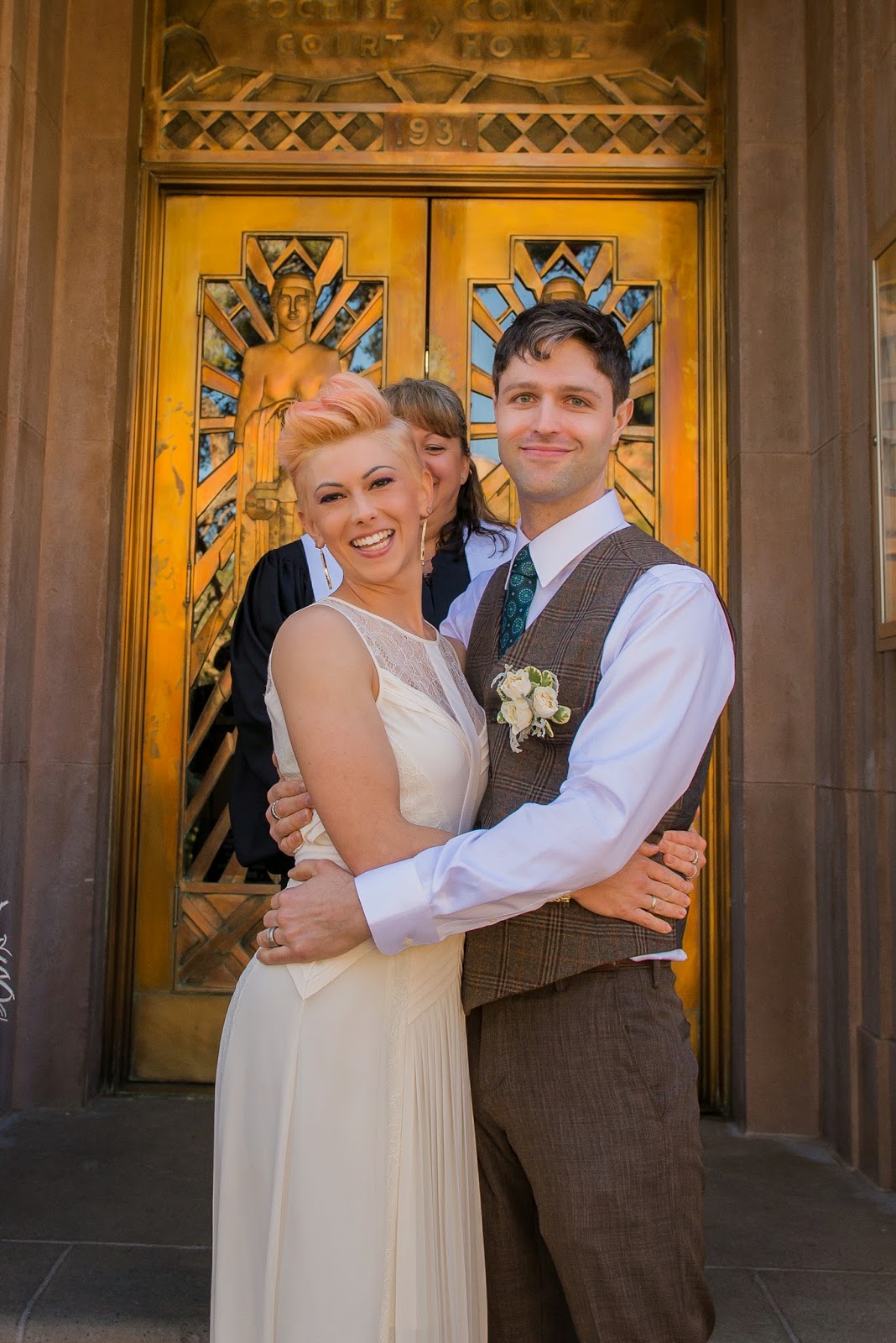From 8pm to 11:30pm the clouds were relatively heavy, with only a few patches of semi-clear sky. Just enough to get the telescope focused and ready in case the skies cleared up.
Around midnight the skies magically opened up, just as the moon was setting. It was time to get down to business and get some shots!
Dean's 110 mm attached to my equatorial mount. This is a beautiful scope!
First object of the night, the moon in H-alpha. This image was shot through hazy clouds
Above is a periodic error plot showing the tracking performance of the mount, using a starshoot auto guider. I'm not convinced its this good, I suspect that the angular resolution of the auto guider system is not sufficient to detect sub-arcsecond perturbations. Although, the mount can track unguided for 10-15 minute exposures with very round stars.
M27, Most of the exposure time was in H-alpha (approximately 20 minutes)
The Pacman nebula, again mostly in H-alpha (approximately 20 minutes). I don't think the focus was quite right for this shot. But overall it turned out well
As I was packing up this giant spider decided to pay me a farewell visit. He was a good 2-3 inches in diameter. I was also visited by kangaroo rats, a jack rabbit and the sound of coyotes howling in the distance.












































